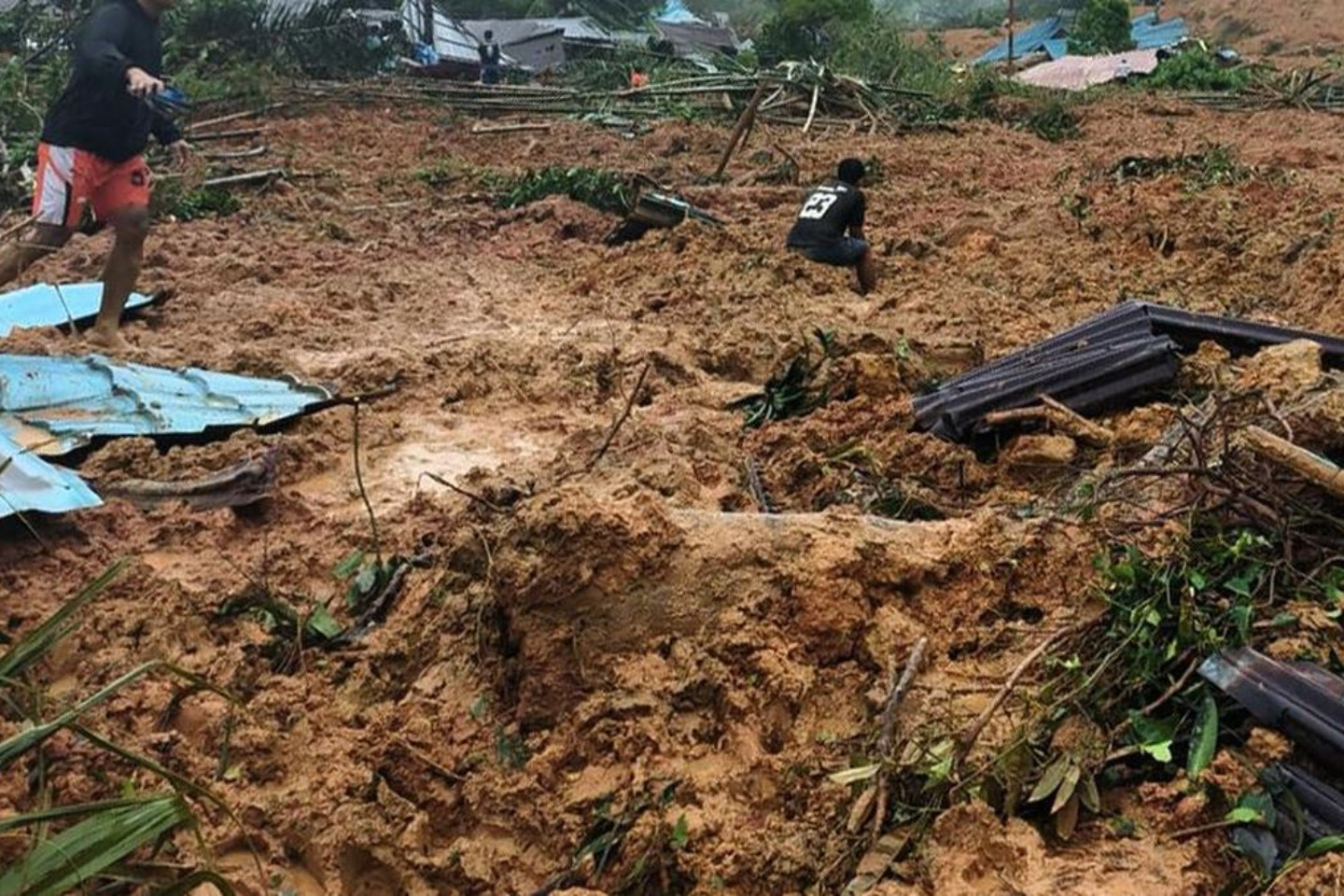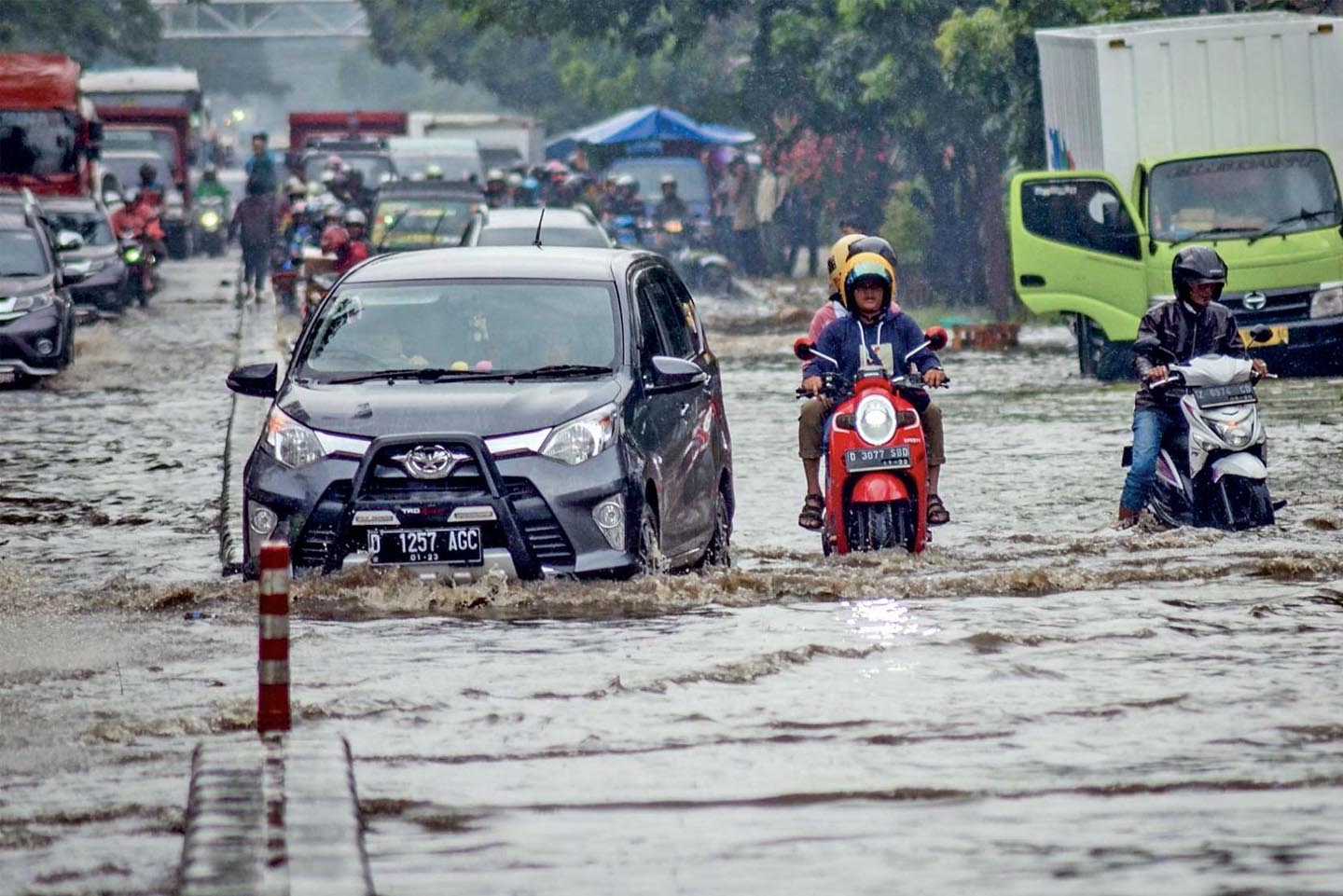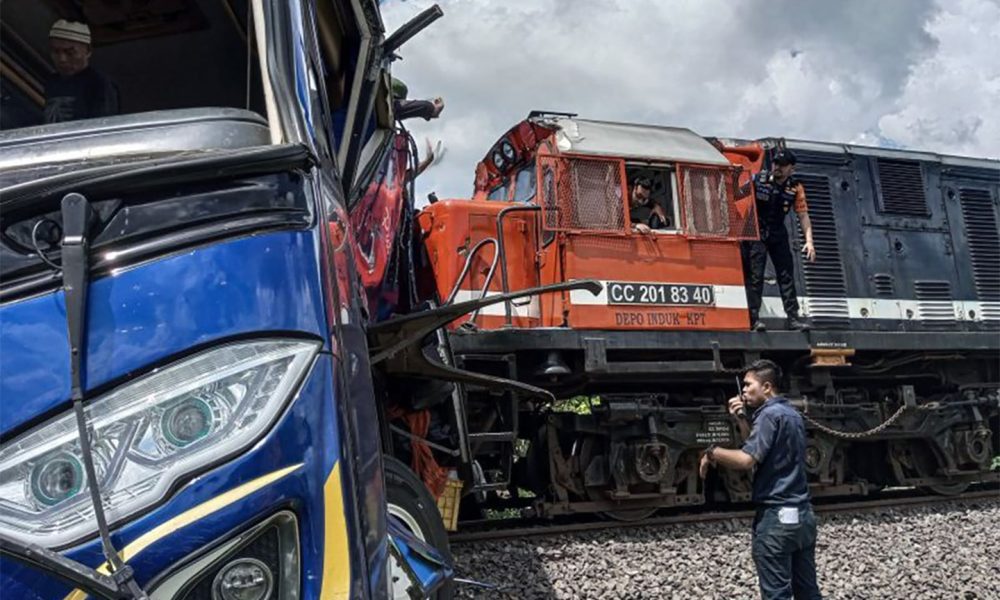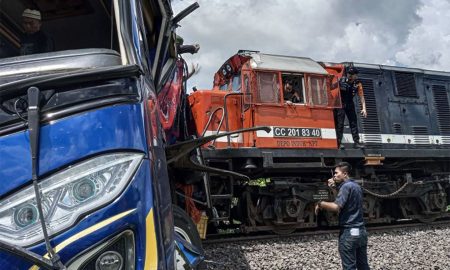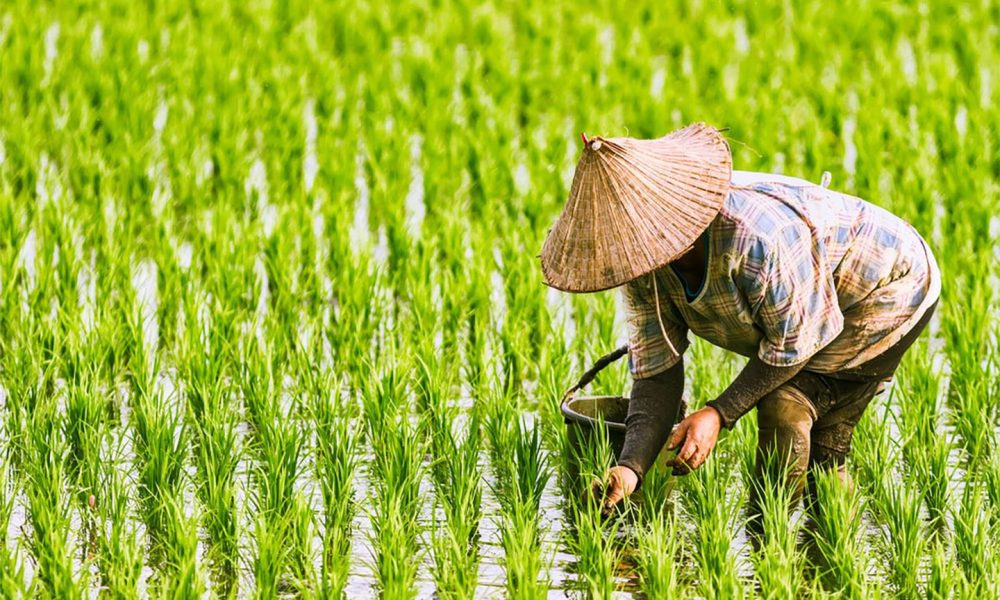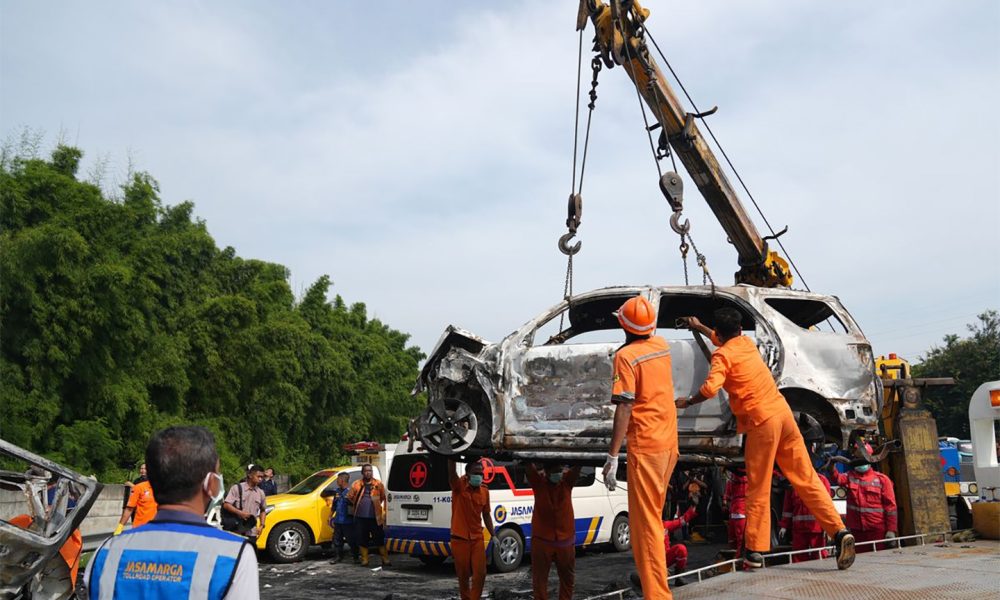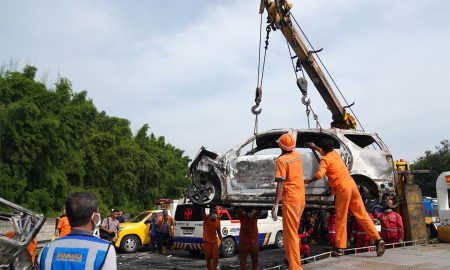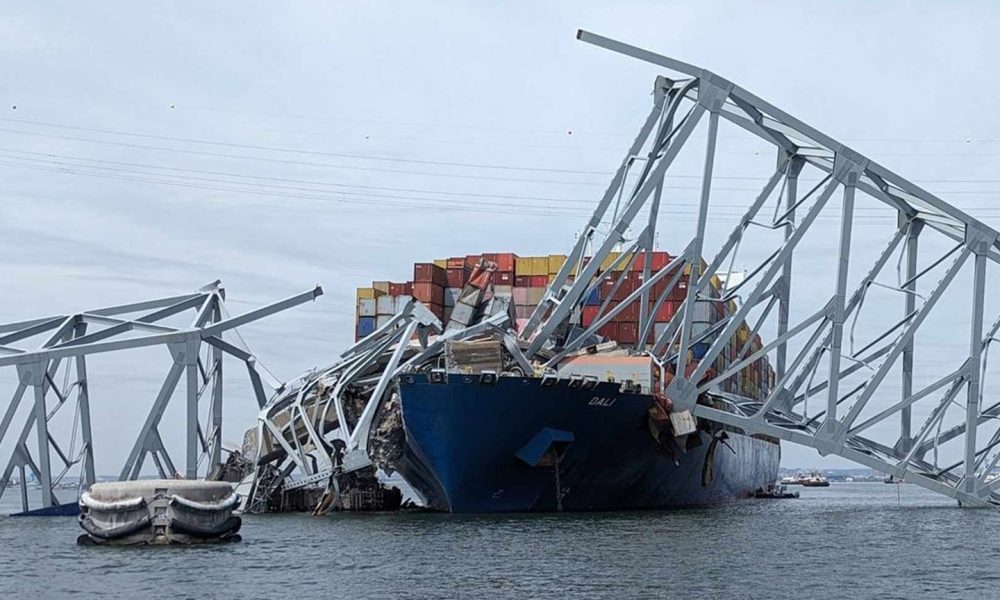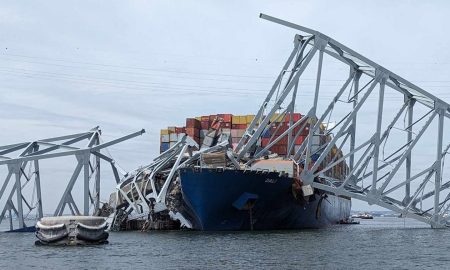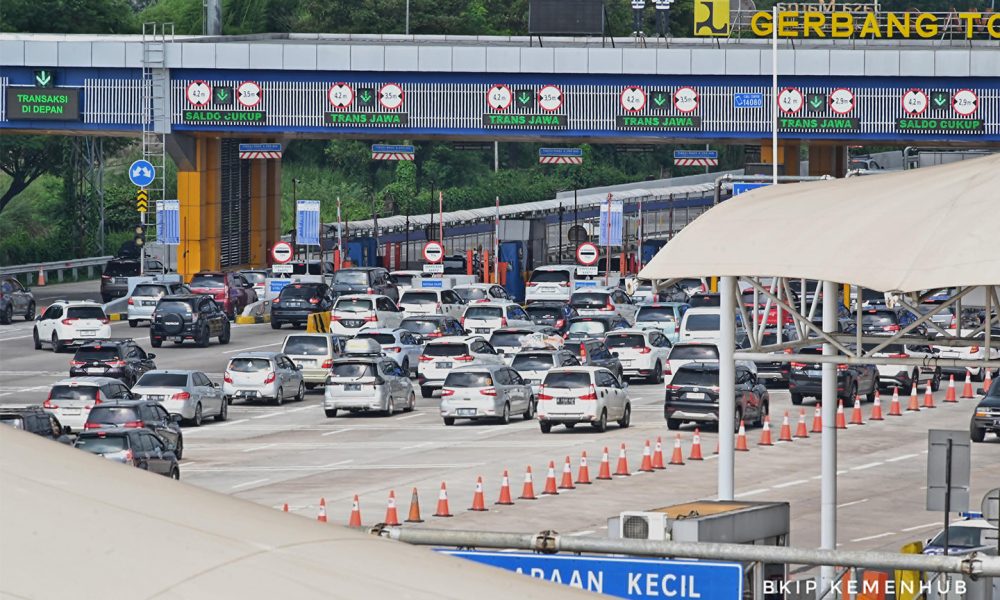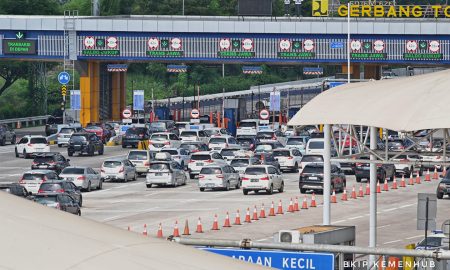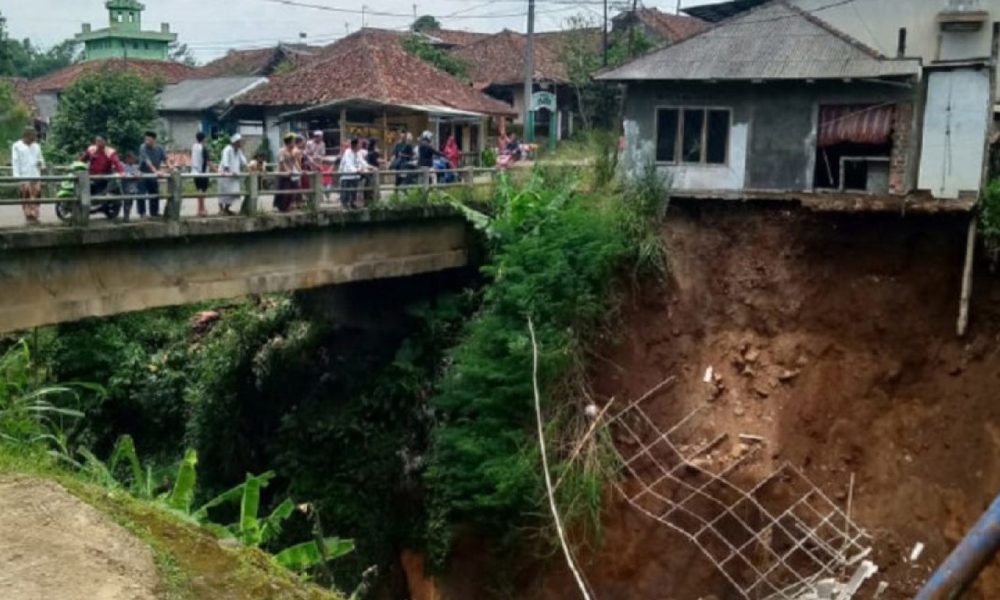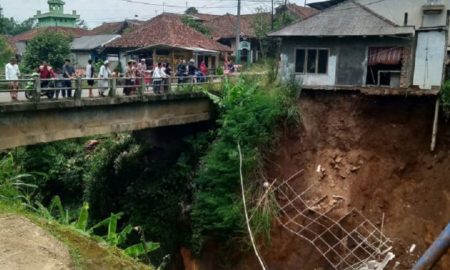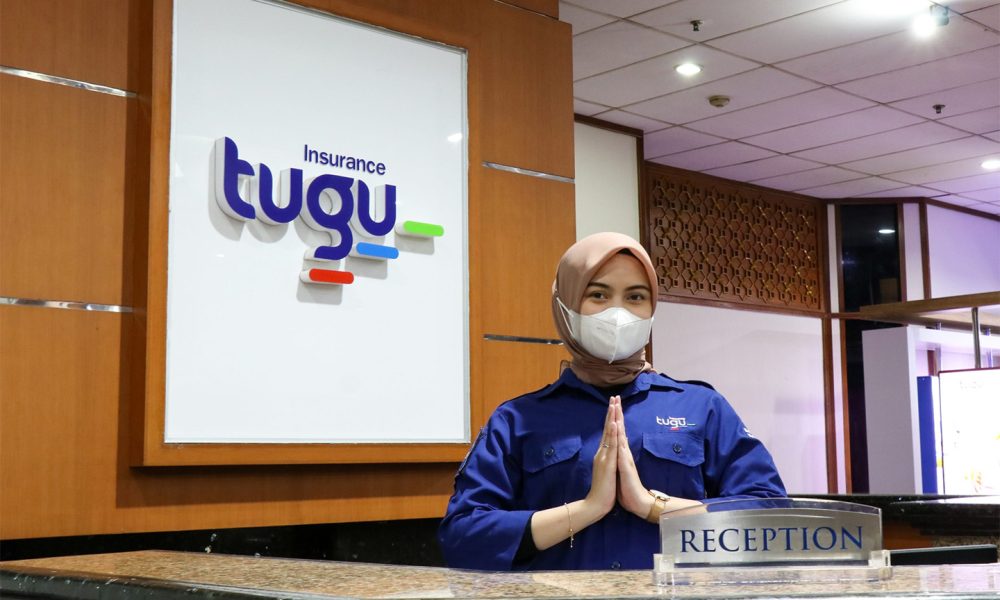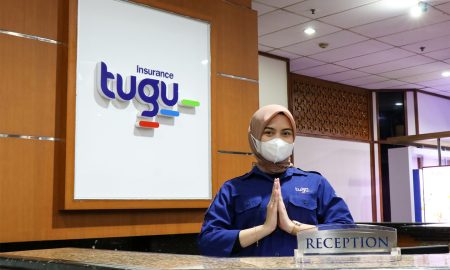Liga Asuransi – Dear readers, how are you? I hope your business keeps growing at the end of the 1st quarter of 2023.
Let’s continue discussing risk management and insurance; this time, we will explore the risks of landslides. Landslides become more dangerous and threaten our life.
As we all know, every business and organization faces the risk of unforeseen dangerous events that can cost the company money or cause it to close permanently. Risk management allows organizations to prepare for the unexpected by minimizing additional risks and costs before they occur.
As a senior insurance broker, this time, I want to elaborate in more detail about the risk of landslides. This is a response to several recent landslide accidents in many places in Indonesia.
Just earlier this month, we just heard that approximately ten people were reported dead after being affected by the landslide in Serasan District, Natuna Regency, Riau Islands, Indonesia.
A report compiled by the Center for Control and Operations (Pusdalops) of the National Disaster Management Agency (BNPB) Indonesia, the incident was triggered by high-intensity rainfall coupled with unstable soil conditions.
What are the risks of a landslide?
Landslides are a serious risk to people, property, and the environment. Understanding the risks associated with landslides and taking steps to mitigate those risks is essential for protecting communities from this type of natural disaster.
Landslides, also known as landslips, are natural disasters that occur when large amounts of rock, soil, and other debris slide down a slope. The risks associated with landslides can be severe and include the following:
Property damage
Landslides can cause significant damage to homes, buildings, roads, and other infrastructure. They can also disrupt water, power, and communication systems, leaving affected communities without necessities.
Loss of life
Landslides can be deadly, mainly when they occur in populated areas. Falling rocks and debris can injure or kill people caught in their path, and landslides can cause buildings to collapse.
Environmental damage
Landslides can have long-term impacts on the environment, including changes to soil composition, erosion, and habitat destruction. Landslides can also lead to the release of hazardous materials, such as chemicals or waste products.
Economic impacts
Landslides can have significant economic impacts, particularly for communities that rely on tourism or agriculture. In addition to property damage, landslides can disrupt transportation and shipping, causing supply chain disruptions and economic losses.
Increased risk of future landslides
Landslides can destabilize slopes and increase the risk of future landslides. This can create ongoing risks for communities, mainly if they are located in areas prone to landslides.
What are the causes of landslides or landslips?
Landslides can be caused by a variety of factors, both natural and human-induced. Some of the most common causes of landslides include:
Heavy rainfall or snowmelt
Excessive amounts of water can saturate the soil, making it more prone to movement and leading to landslides.
Earthquakes
Earthquakes’ shaking and ground movement can cause slopes to fail and lead to landslides.
Steep slopes
Slopes with a steep angle are more prone to landslides, as the force of gravity is stronger and can cause the soil and rock to slide downward.
Erosion
The gradual erosion of slopes can weaken the soil and lead to landslides over time.
Human activity
Human activities such as deforestation, mining, excavation, and construction can alter the land’s natural slope, making it more prone to landslides.
Climate change: Changes in climate patterns can increase the frequency and severity of landslides as heavy rainfall, and extreme weather events become more common.
Volcanic activity
Volcanic eruptions can trigger landslides by destabilizing the soil and rock on the volcano’s slopes.
It’s worth noting that landslides are often caused by a combination of factors rather than a single cause and that different landslides can have other triggers. Understanding the causes of landslides is essential for identifying and mitigating the risks of this type of natural disaster.
How does heavy rainfall cause landslides?
Heavy rainfall is one of the most common causes of landslides. When excessive rain, the soil becomes saturated with water and loses its ability to hold together, making it more prone to movement. The weight of the water can also add pressure to the slope, causing it to fail and leading to a landslide.
Heavy rainfall can cause landslides by reducing the cohesion and shear strength of the soil, increasing pore pressure, causing surface runoff, and changing the groundwater level. Understanding these mechanisms is vital for identifying and mitigating the risks associated with landslides triggered by heavy rainfall.
There are several ways in which heavy rainfall can cause landslides:
Saturation of the soil
When rainfall is heavy and persistent, the soil can become saturated with water. This reduces the cohesion between soil particles, making the soil more prone to movement and increasing the risk of landslides.
Increased pore pressure
Water can fill the spaces between soil particles as the soil becomes saturated, increasing the pore pressure. This can reduce the shear strength of the earth, making it more susceptible to landslides.
Surface runoff
Surface runoff can carry large volumes of water down a slope with heavy rainfall. This can erode the soil and destabilize the slope, increasing the risk of landslides.
Changes in groundwater
Heavy rainfall can also cause changes in the groundwater level. As the water table rises, it can weaken the soil and increase the risk of landslides.
The impact of climate change causes an increase in landslides.
Climate change can cause an increase in landslides through several mechanisms. One of the main ways climate change can lead to landslides is by altering precipitation patterns.
As temperatures rise, the amount of moisture in the atmosphere increases, leading to more frequent and intense rainfall events. This can increase the likelihood of landslides, as heavy rainfall can saturate the soil and trigger slope failure.
In addition to changing precipitation patterns, climate change can also affect the stability of slopes through other mechanisms, such as:
Vegetation changes
Climate change can also alter vegetation patterns, with some areas experiencing more droughts and others experiencing more frequent and intense rainfall. Changes in vegetation cover can affect the stability of slopes, as vegetation helps to anchor the soil and prevent erosion.
landslide accident record that happened in the last five years
Some examples of significant landslides that have occurred in the past five years include the following:
- The Oso landslide in Washington State, USA, in March 2014 resulted in 43 fatalities.
- The Bududa landslide in Uganda in October 2018 resulted in 43 fatalities and dozens of injuries.
- The Atsuma earthquake triggered a landslide in Japan in September 2018, which resulted in 41 fatalities.
- The Sulawesi earthquake-triggered landslides in Indonesia in September 2018 resulted in over 4,000 fatalities.
- The Kavalappara landslide in Kerala, India, in August 2019 resulted in over 50 fatalities and many missing people.
- The Sulawesi earthquake-triggered landslides in Indonesia in September 2018 resulted in over 4,000 fatalities.
- The Cisolok landslide in West Java in December 2018 resulted in at least 32 fatalities and several injuries.
- The Sukabumi landslide in West Java in January 2020 resulted in at least nine fatalities and several injuries.
- The Lebak landslide in Banten in January 2021 resulted in at least 11 fatalities and several injuries.
- The Lembata landslide in East Nusa Tenggara in April 2021 resulted in at least 21 fatalities and many missing people.
- The Sumedang landslide in West Java in January 2021 resulted in at least 18 fatalities and several injuries.
Insurance coverage for landslip risks.
In some cases, landslip coverage may be included in a standard homeowner’s insurance policy, mainly if the property is located in an area with a history of landslides. However, in areas where landslides are more common or severe, specialized insurance policies may be required, such as a natural disaster or slope stability insurance policy.
It’s important to note that not all insurance policies cover landslip risks, and some policies may have exclusions or limitations on coverage. It’s essential to carefully review the terms of any insurance policy and discuss the coverage options with an insurance professional to ensure that you have adequate protection in the event of a landslip.
What are the coverages of landslip insurance?
Landslip insurance policies can vary in coverage depending on the specific terms and conditions of the policy, as well as the location and type of property being insured. However, some of the typical coverages that may be included in a landslip insurance policy are:
Property damage coverage
This coverage can help pay for repairs or replacement of the insured property if it is damaged or destroyed due to landslip activity.
Business interruption coverage
If the insured property is a business, this coverage can help reimburse the owner for lost income or business interruption expenses resulting from the landslip.
Debris removal coverage
This coverage can help pay for removing debris from the insured property following a landslip event.
Extra expense coverage
This coverage can help reimburse the insured for additional expenses incurred due to the landslip, such as temporary housing or relocation costs.
Liability coverage
If the landslip damages someone else’s property or causes injury or death, liability coverage can help protect the insured against lawsuits and related expenses.
It’s important to note that landslip insurance policies can vary widely in terms and conditions, and not all policies may offer the same level of coverage. It’s essential to carefully review any insurance policy and discuss the coverage options with an insurance professional to ensure adequate protection during a landslip.
Why do you need the service of an insurance broker for landslip insurance?
Clients may need the services of an insurance broker for landslip insurance for several reasons, including:
- Expertise and knowledge
Insurance brokers are insurance experts and can help clients navigate the complex landscape of insurance policies, coverage options, and risk management strategies. Brokers can provide valuable insights into the landslip insurance market and help clients identify the policies and coverage options that best meet their needs.
- Access to various insurers and policies
Insurance brokers have relationships with a wide range of insurers and can provide clients with access to multiple insurance policies and coverage options. This can help clients find the best landslip insurance policy at a competitive price.
- Tailored solutions
Insurance brokers can work with clients to understand their unique needs and risks and help design a landslip insurance policy tailored to their situation. This can help ensure that clients have the coverage they need to protect their property and assets in the event of a landslip.
- Claims support.
If a landslip occurs, insurance brokers can provide valuable support to clients throughout the claims process. Brokers can help clients file claims, navigate the claims process, and advocate on their behalf to ensure that they receive the full benefits of their landslip insurance policy.
Overall, the services of an insurance broker can help clients make informed decisions about their landslip insurance needs and provide valuable support throughout the insurance process.
One of the leading insurance brokers in Indonesia focusing on landslide insurance is L&G Insurance Broker.
For all your insurance needs, please call L&G now!
—
LOOKING FOR INSURANCE PRODUCTS? DON’T WASTE YOUR TIME AND CALL US RIGHT NOW
24-HOUR L&G HOTLINE: 0811-8507-773 (CALL – WHATSAPP – SMS)
website: lngrisk.co.id
E-mail: customer.support@lngrisk.co.id
—



